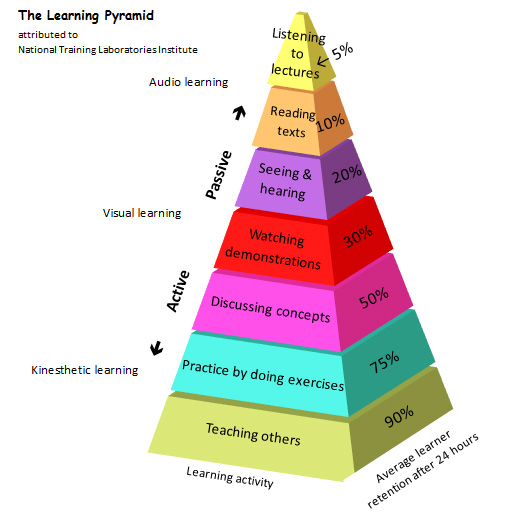
Models, strategies, and methods all play an important role in the lives of educators as well as their classrooms. However, they are not all the same thing. Although they do share some similarities, they also have many differences. To begin, models represent the broadest level of instructional practices and present a philosophical orientation to instruction. They are used to select and structure teaching the strategies, skills, and methods for a particular instructional emphasis. Within each instructional model, there are several different types of strategies. Strategies determine the approach a teacher may take in order to achieve learning objectives. Strategies can be broken down into five subcategories: direct, indirect, interactive, experiential, and independent. Methods are the most direct way of creating learning environments and specifying the nature of the activity in which the teacher/learner will be involved during the lesson to achieve the educational goal at hand. Some methods may actually be found within certain strategies. Skills are the most specific instructional behaviors and they include different techniques such as questioning, discussing, direction giving, explaining, and demonstrating. They can also include planning, structuring, focusing, and managing.
Instructional methods are broken down into five categories as stated before. To refresh your memory, these categories are direct, indirect, interactive, experiential, and independent. The most commonly used one is direct and it is also the most teacher directed. I will list the differences between all of the five below👇
1. Direct: Mainly instructor-directed. It is useful for providing information or developing step-by-step skills. Some examples are lecture, questioning, explicit teaching and demonstrations.
2. Indirect: Mainly learner-driven with the teacher becoming a facilitator, supporter and resource person. Because it is learner-driven, it includes a high level of learner involvement in observing and investigating.
3. Interactive: Relies heavily on discussion and sharing. It helps develop social skills and the ability to organize thoughts and develop rational arguments. From the learners it requires observation, listening, interpersonal and intervention skills.
4. Experiential: Learner-focused and activity-oriented. Experiential learning requires learners to reflect about the experience and ways to apply it to other contexts.
5. Independent: Involves the learners studying on their own under the guidance or supervision of an instructor. This strategy fosters the development of individual student initiative, self-reliance and self-improvement.
The Learning Pyramid

The Learning Pyramid is extremely useful when it comes to designing lessons and activities because it is easy to see where different instructional methods fall on the pyramid. By using different strategies, educators have the ability to accommodate to different learning styles to actively engage learners. When you take an actual look at the pyramid you will see that different types of learning are ranked based on percentages. What you will find out is that the strategies at the bottom of the pyramid (teaching others & practice by doing exercised) produce much greater retention rates than those at the top (listening to lectures, reading texts, & seeing/hearing). The pyramid also shows that the bottom three learning strategies are more of an active learning whereas the top four are more of a passive learning. Based on the pyramid it is more than probable to assume that active participation in learning results in better retention of learning.
Overall, when it comes to learning styles, the ones that prove the most effective depend on who is being taught. This is because all students are different which is more than okay! Teachers are constantly learning how to differentiate their instruction and try new teaching methods because of it. This proves to be great not only for them, but the students as well. It provides with a better, well-rounded learning experience. By combining a few different types of teaching strategies, teachers can make the classroom a dynamic place to learn and keep their students engaged with the material.
Comments
Post a Comment